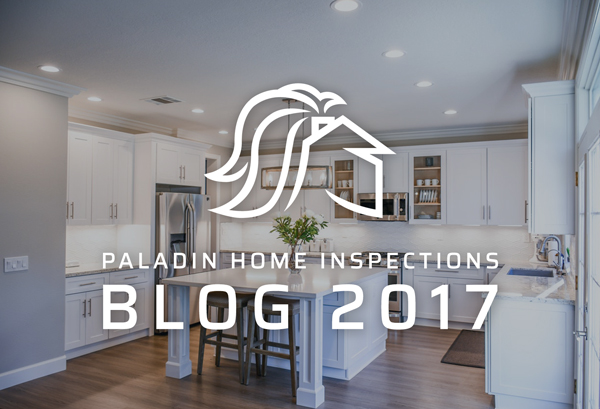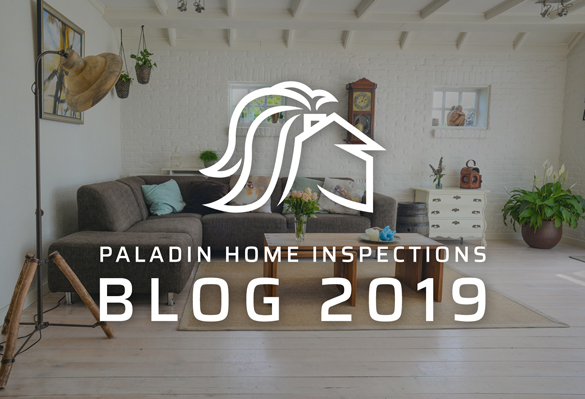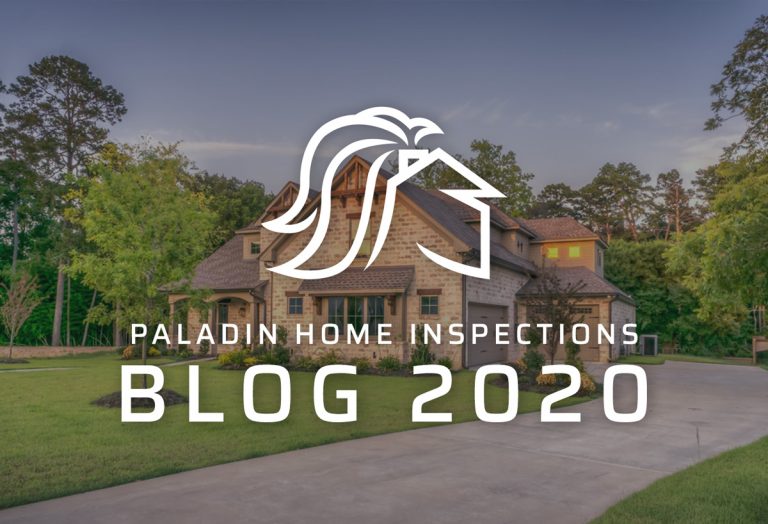The ideal crawlspace DOES exist!
AT a home inspection in Minneapolis, I came across a perfect example of should NOT be in a crawlspace, and it occurred to me that I have seen more basements with problems than without, especially on homes that were more than 50 years old. This house had stacked stone foundation, which was all they had to build houses with 100 years ago. The foundation hasn’t moved yet, so no worries, right?
Technically, not true. The walls have moved quite a bit. When moisture builds up in the dirt behind the walls, it pushes the dirt and mortar (and moisture) between the stones and into the basement. the stones then fall into each other, making the walls just a bit shorter. That’s why the floors in an old house are sloped and wavy. (You knew that, right? No? Huh.)
Anyway. Proper landscaping is your best path to avoid water in the basement. The ground outside the house should slope away for about an inch per foot for 5 feet. Mulch, be it wood or rock. does not shed water. Mulch lets rain pass by, into the soil right next to the house. No good, Grass, on the other hand, sheds water away. Yard drains direct water away, too. Look for a blog on my website.
To keep soil and mud from flowing into the basement, the stones could be parged, which means covered with plaster. I want to use the right terms; You want to “dash” mortar between the stones, and then “parge” a thin coat of plaster over the stones. Use the right kind of plaster; If it doesn’t breathe, moisture will make it pop off. Some folks put 1/3 cup of borax per gallon of water to the mix to slow microbial growth.
Don’t install a sump pump in a basement with stone walls. The walls are likely to become un-stabilized .
The walls could be insulated, but the dirt provides an R-value of 19. The ceiling should NOT be insulated. There should be plenty of ventilation to the rest of the house, so that moisture levels stay low.
The rim joist is the board that the floor joists attach to just above the wall. You should insulate the rim joist. Use foam panels, cut to size, and then caulk in place using GreatStuff. Proper ventilation is important when using that product.
Keeping the floor dry is very important! If you have dirt floors, cover them with 6-mil plastic. Overlap the seams by at least 6 inches. Run the poly up the walls at least a foot. Then protect the poly with gravel. Or cardboard. Whatever. Just don’t poke holes in it moving stuff around.
Keep the air moving with a fan, and use a dehumidifier set for 45% RH. If it runs all the time, there’s still a moisture problem.



